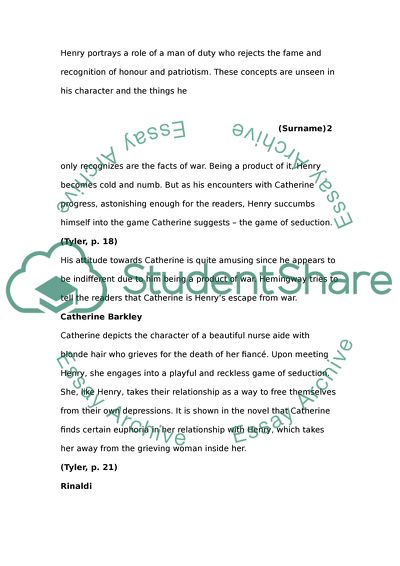Cite this document
(A Farewell to Arms: An In-Depth Analysis Research Paper, n.d.)
A Farewell to Arms: An In-Depth Analysis Research Paper. Retrieved from https://studentshare.org/literature/1751989-literary-topic-related-to-hemingways-farewell-to-arms
A Farewell to Arms: An In-Depth Analysis Research Paper. Retrieved from https://studentshare.org/literature/1751989-literary-topic-related-to-hemingways-farewell-to-arms
(A Farewell to Arms: An In-Depth Analysis Research Paper)
A Farewell to Arms: An In-Depth Analysis Research Paper. https://studentshare.org/literature/1751989-literary-topic-related-to-hemingways-farewell-to-arms.
A Farewell to Arms: An In-Depth Analysis Research Paper. https://studentshare.org/literature/1751989-literary-topic-related-to-hemingways-farewell-to-arms.
“A Farewell to Arms: An In-Depth Analysis Research Paper”, n.d. https://studentshare.org/literature/1751989-literary-topic-related-to-hemingways-farewell-to-arms.


